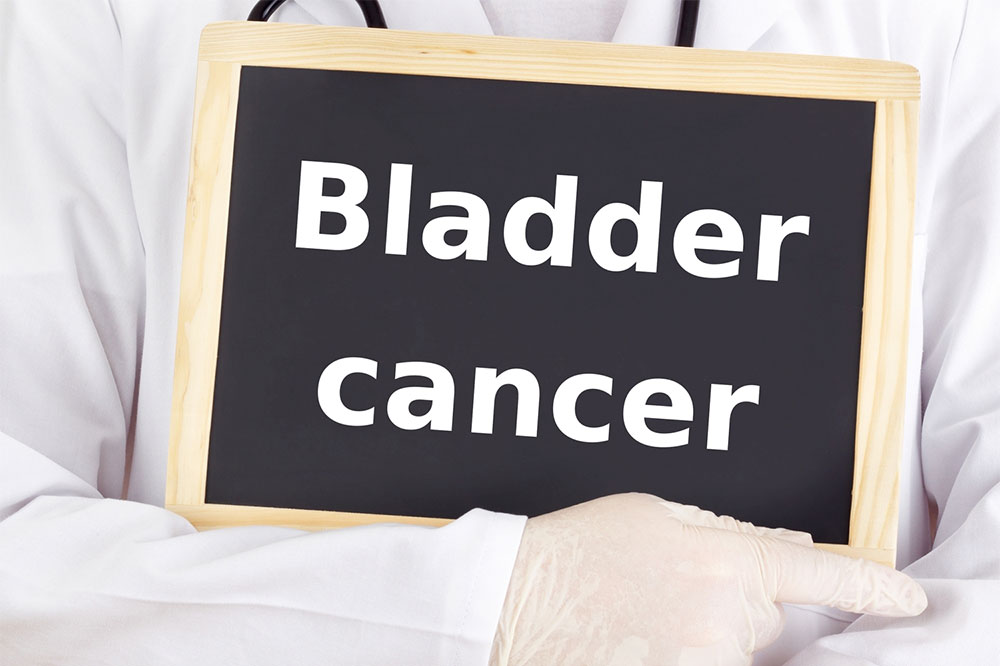
Popular treatment options for bladder cancer
Bladder cancer is a type of cancer that affects the cells in the bladder. It is more prevalent among men than women. Thankfully, the disease is curable if detected in the early stages. The doctor will create a treatment plan keeping in mind factors like the patient’s age, risk group, associated medical problems, the stage of cancer, and other factors. This article lists the most popular bladder cancer treatment options.
Surgery
Doctors may need to perform multiple surgeries as a part of the bladder cancer treatment plan. The type of procedure selected will vary depending on the stage of the disease. Standard surgical options include transurethral resection, cystectomy, and reconstructive surgery:
Transurethral resection
This surgery is used for bladder cancer treatment when the disease is still in stages 0 and 1. Doctors insert a cutting tool into the bladder to remove any abnormal tissue, small tumors, or cancerous cells. The procedure is also known as TURBT (transurethral resection for bladder tumor).
Cystectomy
Doctors recommend cystectomy if bladder cancer has spread deep into the bladder or has reoccurred after earlier treatment. In this surgery, surgeons remove the whole bladder or the cancerous tissues to prevent the disease from spreading to other body parts.
Reconstructive surgery
Reconstructive surgery is performed following a cystectomy to create a new mechanism for the body to store and remove urine. An ileal conduit is a reconstructive surgery where doctors make an opening in the abdomen’s skin for the urine to flow out into a bag.
Intravesical therapy
Intravesical therapy is majorly used in the early stages of cancer treatment. The doctor injects liquid medication into the bladder using a catheter. Usually, doctors choose between two categories of medicine for intravesical therapy – chemotherapy or immunotherapy.
Immunotherapy
Immunotherapy stimulates the body’s immune system to combat malignant cells. The doctor injects Bacillus Calmette-Guerin (BCG) germ, responsible for causing tuberculosis, into the bladder via a catheter. Following this, the body’s immune cells are drawn to the bladder to combat cancerous cells.
Chemotherapy
Chemotherapy uses a set of medications to destroy cancerous cells in the body, especially in non-invasive cancers. Doctors treat invasive cancers via the above surgeries. However, alternative treatments like chemotherapy and radiation therapy might be added to the bladder cancer treatment plan alongside surgery for better results.
Radiation therapy
Radiation therapy is a planned therapy to combat cancer cells or lower their ability to multiply while trying to ensure the healthy cells are minimally affected. This cancer treatment uses powerful energy waves, and it may be performed internally or externally. The radiation source or machine is outside the body during external radiation therapy, inflicting a focused radiation beam on the tumor. In internal radiation, a radioactive pellet is inserted into the bladder via an incision in the lower abdomen or through the urethra. Patients will need a hospital stay of around two days, following which the pellet is removed.
Targeted therapy
Targeted therapy medications target specific weaknesses in cancer cells. When the weaknesses in the cells are exploited, the medicine kills cancer cells. After the treatment, doctors test the cells again to check the efficacy of the therapy. Targeted therapy is used for bladder cancer treatment in advanced stages when other methods do not prove fruitful.
Trimodal therapy
When people with muscle-invasive bladder cancer do not favor surgery to remove the bladder, doctors sometimes use a combination of three treatments. This is called trimodal therapy, wherein a combination of TURBT, chemotherapy, and radiation therapy is used. The surgeon will first perform a TURBT to remove maximum malignant cells from the bladder while still preserving bladder function. Following TURBT, the patient will undergo radiation and chemotherapy. Surgeons may perform a radical cystectomy if trimodal therapy does not kill all the cancer cells or if there is a relapse of muscle-invasive cancer.
It is important to note that the above bladder cancer treatments are most effective when the disease is diagnosed in the early stages. Hence, one must visit a doctor immediately on experiencing any symptoms.




